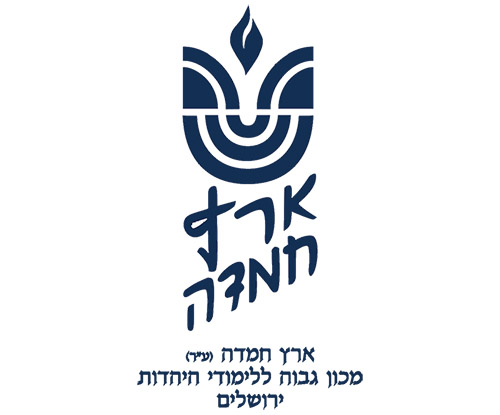
The fledgling community of which I am rabbi does not have access for Kabbalat Shabbat to the place we daven on Shabbat morning, so we have a rotation of houses for it. Should we say Me’ein Sheva (the bracha with “Magen avot …” in its midst) at Maariv?
Me’ein Sheva is like a shortened chazarat hashatz, which Ma’ariv during the week does not have. The Gemara (Shabbat 24b) says to recite it because many shuls were in dangerous places; by stretching out the davening, latecomers have time to finish before everyone leaves.
Because of Me’ein Sheva’s unusual nature, it is not surprising that Rishonim limit it to circumstances that resemble the original situation. The Ra’avya (see Tur, Orach Chayim 268) says that the danger the Gemara discussed is no longer prevalent and that we continue doing Me’ein Sheva, but only when there is a minyan. The Rivash (Shut 40) and Beit Yosef (ad loc.) say that it does not apply to makeshift minyanim, where it is not as likely for people to come from all over to daven and for one to come late. The Shulchan Aruch (Orach Chayim 268:10) rules that a minyan formed in a home where sheva brachot or a shiva period is held do not to recite Me’ein Sheva, as these groups are not expected to have people coming and going late.
What is the line between a set shul and a makeshift minyan? The Taz (268:8) broadens the definition of a shul, saying that a group that leaves home and sets aside a place to daven for a few days recites Me’ein Sheva. The Eliyahu Rabba (268:19)—in bringing this Taz—posits that a sefer Torah must also be present, as does the Mishna Berura (268:24), but not all agree (see Minchat Yitzchak X:21). The Shulchan Aruch Harav (Orach Chayim 268:15)—in bringing the Taz’s expansion—describes it as a place they daven for several weeks, which probably means a minyan for Shabbat for several weeks (see Minchat Yitzchak ibid.). In contrast, the Eshel Avraham (Butchach, to Orach Chayim 268:8) says that to be set based on temporary use, it must be used every day, three tefillot a day.
At first glance, your case lacks consensus in favor of Me’ein Sheva, as there is no sefer Torah and no place is used on consecutive days (or even weeks). Since Me’ein Sheva is a bracha of rabbinic origin, the normal rule is to say safek brachot l’hakel (when in doubt, refrain from making a bracha), and several poskim invoke this rule (including Eshel Avraham ibid.; Pri Megadim on Taz ibid.; Mishna Berura 268:25).
On the other hand, the Magen Avraham (268:14) says that we do not protest against the practice to recite Me’ein Sheva, even in a minyan that is not in a shul of any sort. His source is the Maharlbach (Shut 122), who demonstrates that the Orchot Chayim, a Rishon, does not limit Me’ein Sheva to a shul at all. The kabbalistically-oriented cite the Arizal as seeing Me’ein Sheva as a fundamental part of tefillah, which does not require a shul (see Kaf Hachayim, Orach Chayim 268:50). Some also claim that we do not say safek brachot l’hakel against the Arizal, but not all agree (see opinions in Yabia Omer ibid.) and not all are kabbalistically-oriented (see K’nei Bosem II:48).
There is a strong factor in favor of you doing Me’ein Sheva. Many, if not all, posit that the venue’s main importance is not intrinsic but a sign of how much the group resembles the original institution of Me’ein Sheva—of people drawn together from around the community (see sources in Minchat Yitzchak ibid.). The Tehilla L’Dovid (268:13) posits that if the majority of a community leaves its shul to daven—for whatever reason—in a different place, they recite Me’ein Sheva because the logic applies. The Minchat Yitzchak concurs.
In your case, wherever you do Kabbalat Shabbat is your community’s central and only minyan. This should be enough reason to do Me’ein Sheva when the shul davens Maariv in a home. Once the place is of less importance per se than the minyan, it should not make a difference that the venue changes from week to week or that there is no sefer Torah.
We saw above further support, if needed. Therefore, we posit that you should recite Me’ein Sheva.
This column is written by Rabbi Daniel Mann on behalf of the Eretz Hemdah Institute in Jerusalem, which trains dayanim and has many projects on behalf of Klal Yisrael, including its Ask the Rabbi service in conjunction with the OU. Rabbi Mann is a Dayan at Eretz Hemdah, a senior member of the Ask the Rabbi project, and author of its Living the Halachic Process series. He is also a Ram at Yeshiva University’s Gruss Kollel in Israel.










